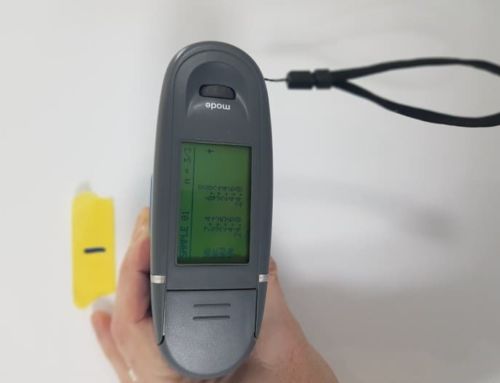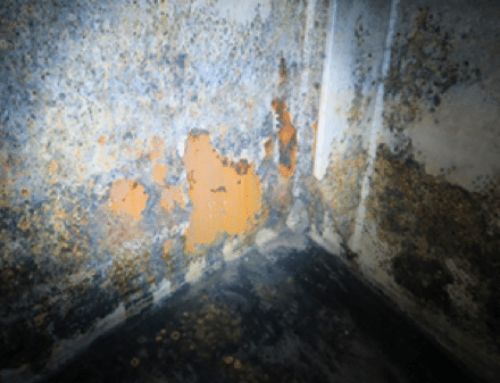A little preparation…
For the last 24 years that CCS has been involved in the field of superyacht paint surveying we have witnessed a steady professionalization of the yacht coating industry. In the past an owner would come with his or her partner to order a yacht and have a friend along to assist. The same informal decision method also applies to refit work. The shipyard was chosen in an almost random fashion and the work and results were entrusted to the yard and contractor. Nowadays, with proceedings becoming increasingly formal it is almost normal practice that a law firm is hired to process all legal matters, and indeed, we also see this happening before large refits.
Yacht paint knowledge limited
Unfortunately, we also observe that yacht paint knowledge is limited within the law firms and in many cases the contracts between owner and shipyard do not cover all the vital items needed for a trouble-free and successful repaint.
Acceptance criteria important
In our opinion, the most important document to be agreed between parties are the “Acceptance Criteria”. A set of objectively measurable performance parameters that the yard/contractor must achieve for the paint work to be officially accepted.
It’s interesting to observe that before signing the contract we discuss price/money, yet the subject ‘quality’ only comes up after signing, when already committed.
And even if the legal teams adds some performance parameters to the legal documentation, often we see only ‘gloss’ mentioned. Please note that a truly horrific paint job can still return great gloss readings! To give you an idea of the complexity of yacht paint and many aspects of paint performance, CCS can measure and analyze a paint job on 116 different points.
When we discuss for instance buffing and polishing, this sounds might sound acceptable for small repairs, and a lawyer will often overlook this item, but after a few months these areas will show up with swirl marks (polyurethane paints should never be buffed or polished) and this will cause aggravation and disappointment…… but it was allowed according to contract and you will have no ground to challenge the result.
The absence of an acceptance criteria document leaves the door open to subjective disputes between the vessel’s owner (or its captain/management company) and the shipyard/contractor when the time comes to accept or reject newly painted surfaces. In a worst-case scenario this can lead to a situation in which the owner’s representative is unable to effectively challenge sub-standard paint work when the contractor insists that the finish is of ‘superyacht standard’.
We’ve been in this situation many times where we have been called into a dispute situation where the owner had no room to challenge due to the absence of paint acceptance criteria. Sometimes, the contracts do specify that the contractor must display ‘good workmanship’ which is a completely subjective term but nonetheless gives us some room to maneuver.
A lot of experience
CCS has the experience to assist all parties involved in getting acceptance criteria in place, right from the start. In the end it’s about managing expectations. In fact, a benefit of a set of acceptance criteria is that it gives the contractor a goal to work for. Better work performance is evident if the paint application team know what standards they need to work to. Cutting corners will result in remedial work, and they know it! And because the contractor is bound by the acceptance criteria, no time is wasted on bickering about ‘acceptable’ or ‘not acceptable’.
We strongly believe as a company philosophy to manage the whole process and not just come in with a red pencil a pointing out what’s wrong with paint work after the work is done. That’s the old-school way of working and yes, some paint consultants might still operate like that. We strive to create a trouble free project through harmonious cooperation between all parties involved, and for us this process starts no later than the phase in which all documentation is put in place, possibly in conjunction with the legal team if present.
Having acceptance criteria in place is, as this article points out, always a good idea but why not have ‘performance criteria’ in place as well? When you buy a car you will get at least a number of years guaranteed corrosion free. When you have a yacht painted what can you expect after 4 years? Should this also be stipulated or does it all end after one year, when the typical superyacht warranty runs out? In our opinion, the superyacht coating industry needs to move forward once again and start applying ‘performance criteria’ to superyacht newbuilds and repaints.





